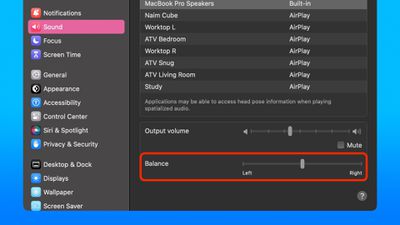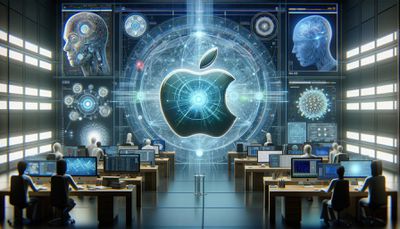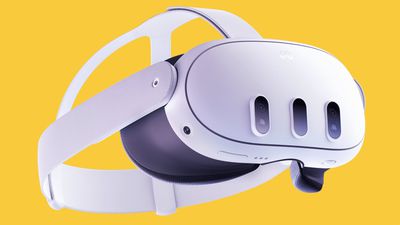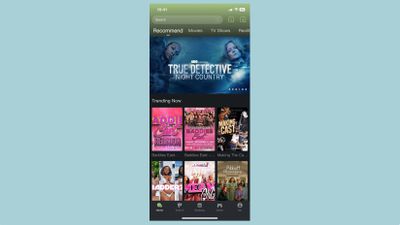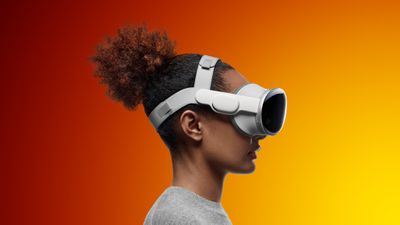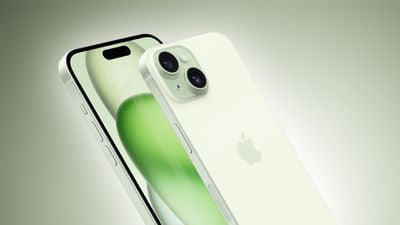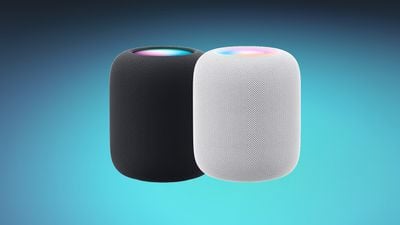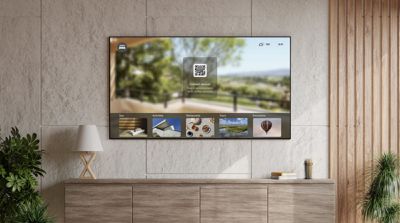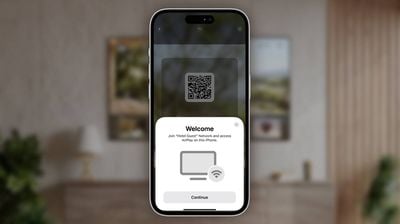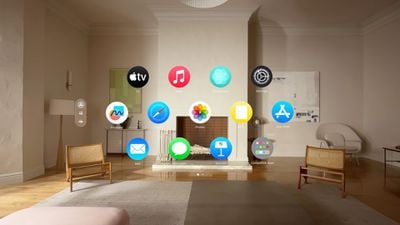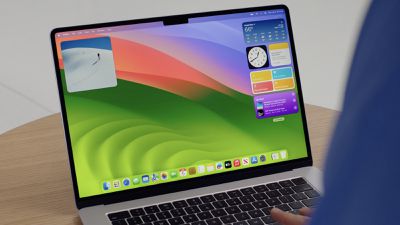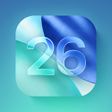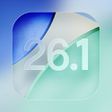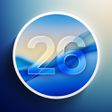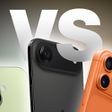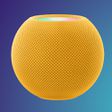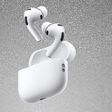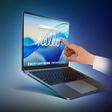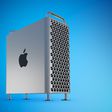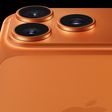Apple has pulled the Apple Music SharePlay feature that it was testing for the HomePod and Apple TV in the iOS 17.4 and tvOS 17.4 betas, which suggests the option may not be available when the updates are released in March.
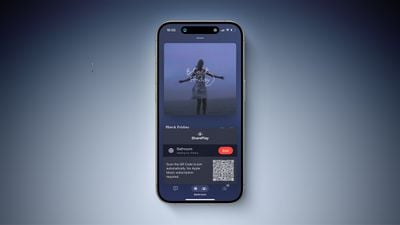
The first betas of tvOS 17.4 and iOS 17.4 enabled SharePlay music controls on both the HomePod and the Apple TV, but as of the second beta, the functionality has been removed.
SharePlay is a feature that allows users to watch television, listen to music, use apps, and play games together over FaceTime, but Apple has been expanding the feature. In iOS 17, SharePlay was added to CarPlay, allowing everyone in the car to contribute songs to a shared playlist.
On the HomePod and the Apple TV, the SharePlay feature allowed users to generate a QR code (on the iPhone for HomePod) that could be scanned to give friends and family members the option to play songs on the device. The HomePod or Apple TV owner was required to have an Apple Music subscription, but those contributing content simply needed the Music app without a subscription.
It is not clear if Apple will return the SharePlay feature to the HomePod or Apple TV ahead of the launch of the iOS 17.4 and tvOS 17.4 updates, but so far, SharePlay has been missing from the past two beta releases.
iOS 17.4 and tvOS 17.4 are set to come out in March.
(Thanks, Hidde!)


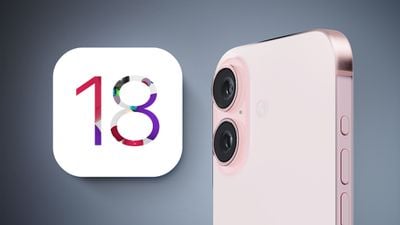
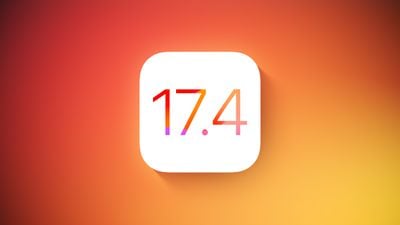
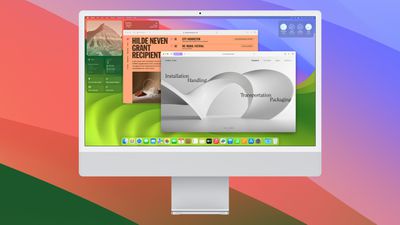


 Note: MacRumors is an affiliate partner with some of these vendors. When you click a link and make a purchase, we may receive a small payment, which helps us keep the site running.
Note: MacRumors is an affiliate partner with some of these vendors. When you click a link and make a purchase, we may receive a small payment, which helps us keep the site running.